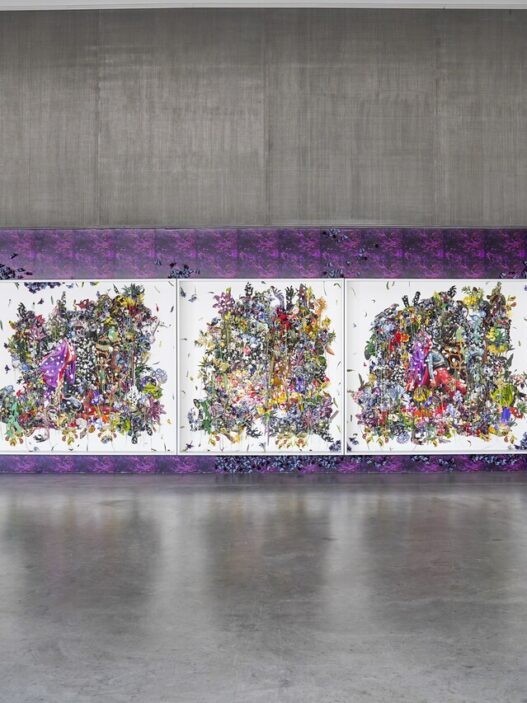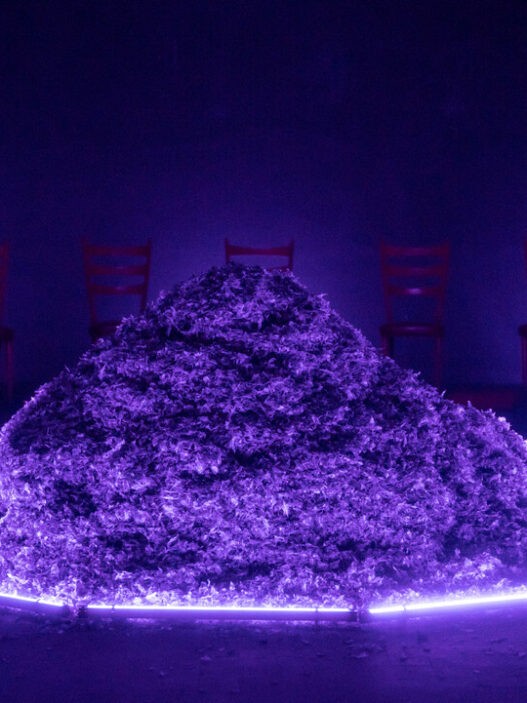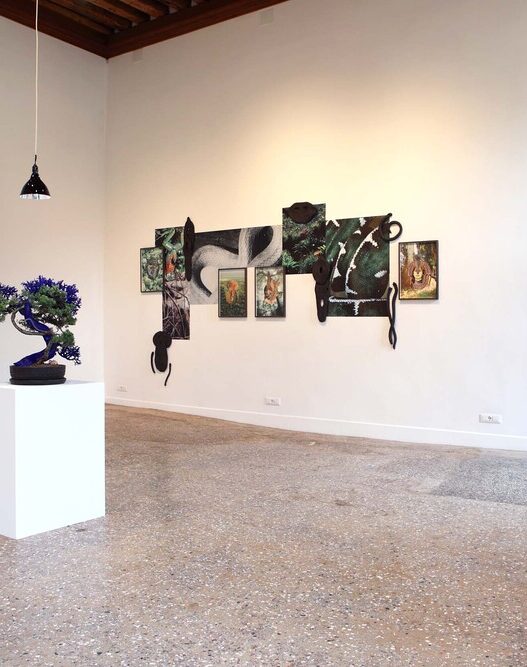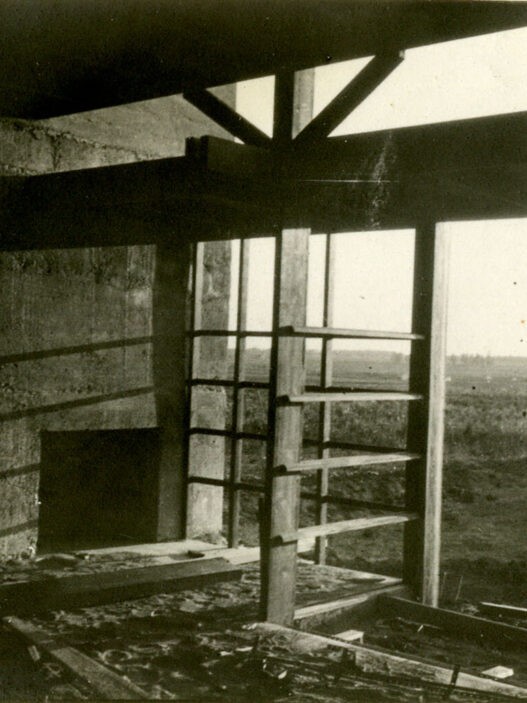April 2–August 27, 2022
The Beall Center for Art + Technology at the University of California, Irvine (UCI) presents Vera Molnár: Variations, a survey of Molnar’s work from 1958 to 2014, both her pre-computational and early computational drawings. The computational drawings in the exhibition focus on three kinds of objects: lines, squares, rectangles, and scribbles, each using a different algorithmic transformation.
In the mid-late 1960s, Vera Molnár and a small group of other artists started to write their own computer programs to make their art. In these computer-generated works, the code becomes the medium and is made visible through a print-out, sound and or video. Once the code is written, the artist gives up control within a proscribed set of procedures that moves the plotter pen to create a drawing. And when the code is transformed into this analogue output, it reveals images and sounds that the artist and their audiences might never have imagined. Molnár created variations in her drawings by randomly controlling aspects of a shape or a line. By taking a look at the specific works in this exhibition, one may see how random operations are at the core of her computational drawings and how this represents a major paradigm shift from deterministic, systemic approaches to making more indeterminate art.
As one of the pioneers of computational drawing, Molnár had her own unique vision of how to employ the computer. There is a constancy in her work in that movement is always revealed both within an individual work and also from drawing to drawing. Molnar’s technique continues to surprise and generate variations that produce a musical, kinetic play of line and shape.
The Vera Molnár exhibition was made possible with generous support from the Anne and Michael Spalter Digital Art Collection, the Andy Warhol Foundation for the Visual Arts, the Beall Family Foundation, and Etant donnés Contemporary Art, a program of Villa Albertine and FACE Foundation, in partnership with the French Embassy in the United States, with support from the French Ministry of Culture, Institut français, Ford Foundation, Helen Frankenthaler Foundation, CHANEL, and ADAGP.
All images are part of The Anne and Michael Spalter Digital Art Collection.
Free admission and docent tours
Parking
Student Center Parking Structure: 311 W. Peltason Drive, Irvine, CA 92697
Mesa Parking Structure: 4000 Mesa Road, Irvine, CA 92697
Maps, driving directions and parking information.
University of California, Irvine
Beall Center for Art + Technology
712 Arts Plaza
92697 Irvine, CA









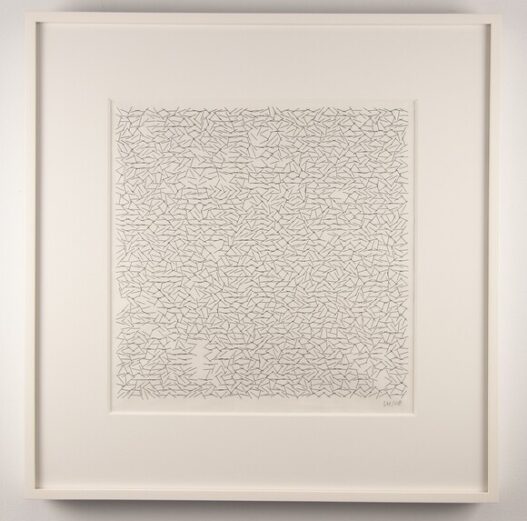


![[1] and [2] C o S A catalogue. Design: Marilena Hewitt of Platypus Publications. [3] Heba Y. Amin, Project Speak2Tweet, 2011–ongoing. Three-channel video installation. Courtesy the artist and Zilberman Gallery. [4] D Harding, Discussion points originating from Central Queensland – towards Aboriginal Architectures, 2021. Graphite on paper, 21 x 156 cm. Courtesy of the artist and Milani Gallery. [5] HWKN, drawing for We The People – a prototype, 2021. Installation: free-standing columns. Courtesy HWKN.](https://dailyart.news/wp-content/uploads/2022/05/shadow_architecture-95x95.gif)
![[1] and [2] C o S A catalogue. Design: Marilena Hewitt of Platypus Publications. [3] Heba Y. Amin, Project Speak2Tweet, 2011–ongoing. Three-channel video installation. Courtesy the artist and Zilberman Gallery. [4] D Harding, Discussion points originating from Central Queensland – towards Aboriginal Architectures, 2021. Graphite on paper, 21 x 156 cm. Courtesy of the artist and Milani Gallery. [5] HWKN, drawing for We The People – a prototype, 2021. Installation: free-standing columns. Courtesy HWKN.](https://dailyart.news/wp-content/uploads/2022/05/shadow_architecture-527x703.gif)

